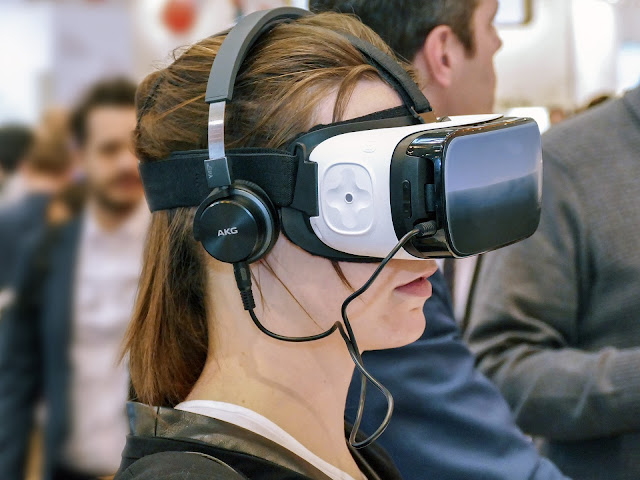
As with any tech-focused industry, the world of web development refuses to stay still. If this is the world you’re involved in, fail to keep up with ongoing trends and developments and you’ll risk being left behind as you show your rivals that you haven’t got the capability to keep up with the trends that are making sites more engaging and more exciting in 2017.
If we look back to 2015, we can see that a lot of ideas we thought would be the emerging trends for the next year or so are now fully established (like minimalist websites, for example). This highlights the difficulty of keeping up with web design trends, especially when designing a top-notch site isn’t just about the visual aspect, but also the ease of use and the level of security when it comes to the constantly evolving threat of hacks and attacks.
Giving AI a Chance in 2017
Looking at the tech landscape in 2017, there are many trends to keep an eye out for, but perhaps one that we will start seeing more and more of (and one which could have a huge impact on consumers as well as profit margins) is the use of AI-powered bots capable of communicating with customers. The move by companies to encourage more and more customers to communicate online has already seen customers spending less time being frustrated by hold music, with live chat agents able to speak to more than one person at a time. This is a potentially revolutionary development for e-commerce websites.
Of course, looking to be more efficient and to make more money is one of the motivating factors behind this technological advancement and the chance to use AI-powered bots means that companies won’t even need to employ people to do this anymore; just someone to monitor the AI chat and step in and fix it should it fail.
Safety After a Year of Attacks
There have been some serious hacking attacks in 2017 already, perhaps the most notable being the WannaCry ransomware that spread across the world on May 12th, which crippled the UK’s National Health System for a short period. This means that web development needs to keep its focus on preventing sites from coming under the threat of cyber attacks, which have the potential to leave customer data and business data extremely vulnerable to misuse.

One way to do that is by testing sites to see if they are ready to withstand cyber attacks. The trend here is increasingly employing techniques that are proactive rather than reactive. One of these takes the form of penetration (pen) testing, a five-stage process that can check how vulnerable a site is to a cyber attack and can help to augment any web application firewall that may already be in place.
Is The World Becoming More Virtual?
AI and web security are two of the big trends this year so far, but let’s not forget virtual reality technology, which seems to have been on the cusp of being the “next big thing” across multiple industries for quite some time. PlayStation has a VR gaming setup, for instance, and it is for this reason that it’s hardly surprising to see Forbes list VR as an area that could potentially become huge if VR headsets really start to take off amongst the general public.

The integration of VR into web development needs to start properly soon as this could well be the year during which the demand seriously starts to build up from consumers keen to get involved in VR on websites of all shapes and sizes.
We’re already seeing the signs of these three trends on the web, but as with all new technology, some lead and others tend to follow. At the very least, it’s important to stay up-to-date with current trends but ideally, you should be looking at embracing them, after evaluating their potential for your projects.